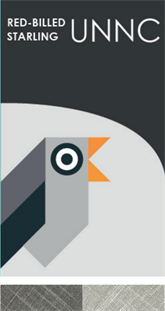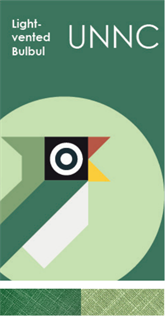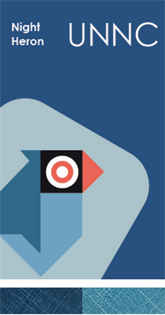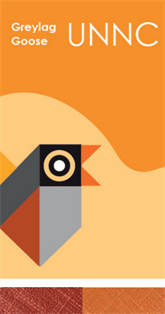Centre for Sustainable Energy Technologies
The international award winning Centre for Sustainable Energy Technologies (CSET); first officially opened in 2008, was the first zero carbon building in China. Its unique architecture draws inspiration from the Chinese paper lantern and the natural and poetic movement of a lady dancing with a Chinese fan.
The CSET was designed to be environmentally friendly based on the following 4 points:
- High performance envelope
- Daylight and solar control
- Natural ventilation of the tower
- Piped ventilation to laboratory and reception area
In this way, the building can work under the minimum demand for additional energy for heating, cooling and ventilation.
The main function of the building is to provide a specialist laboratory, equipped with outstanding research facilities for staff and post graduate students. It is also an outstanding demonstration project, showing how to integrate different energy saving technologies in a building.
New International Conference Centre
Built in 2017, The International Conference Centre uses repurposed materials in its unique architectural design.
Li Dak Sum-Yip Yio Chin-Kenneth Li Library
Design Strategy: Biophillic Design
In architecture, biophilic design is a sustainable design strategy that incorporates reconnecting people with the natural environment. By satisfying our inherent inclination to affiliate with nature, biophilic design engenders an emotional attachment to particular spaces and places. These emotional attachments motivate people’s performance and productivity, and prompt us to identify with and sustain the places we inhabit Biophilic design fosters positive and sustained interactions and relationships among people and the natural environment. Effective biophilic design fosters connections between people and their environment, enhancing feelings of relationship, and a sense of membership in a meaningful community.
Design Inspiration: Reading Woods
The building site of this library was originally a little forest, which had a lot of plants and small animals.
Bring the elements of biophilia into interactive public spaces . Creating a sustainable coexistence between nature, community & architecture. Let the students relax, feel the harmony between nature and human beings, and indulge your imagination.
Design Narrative: Influences
Groundfloor - Red-billed starling
• Crowing cloudly, living in groups, close to humans.
• Interactive public spaces, relaxing and open to students.

Firstfloor - Light-vented Bulbul
• Lively and cheerful, living in small groups, close to humans.
• Semi-public spaces for group disscussions and association activities.

Secondfloor - Night Heron
• Living quietly, hidden from people
• Quiet reading area suitable for self-study

Thirdfloor - Greylag Goose
• Living quietly, hidden from people
• Quiet reading area and for collection books.
